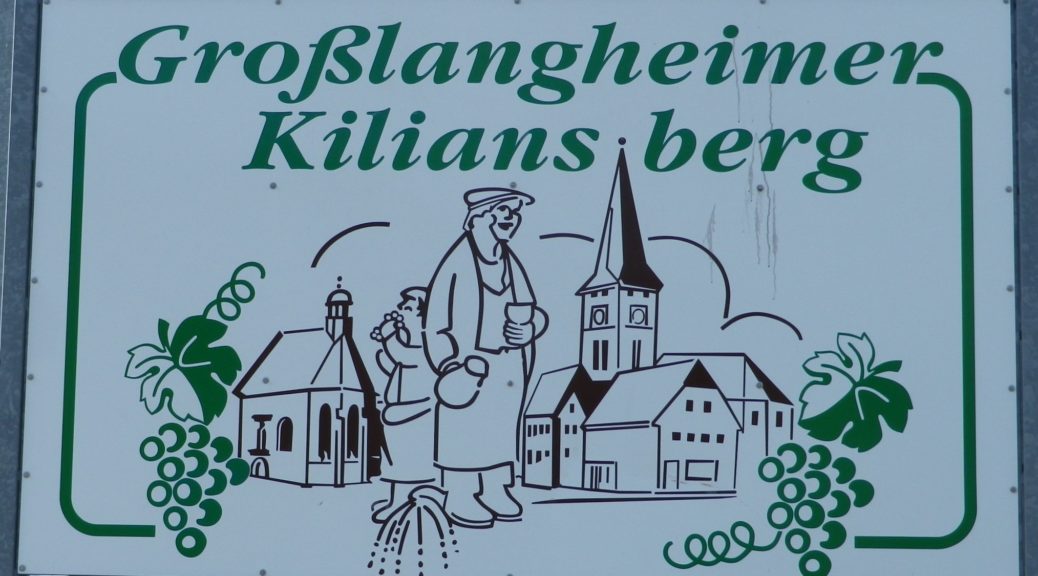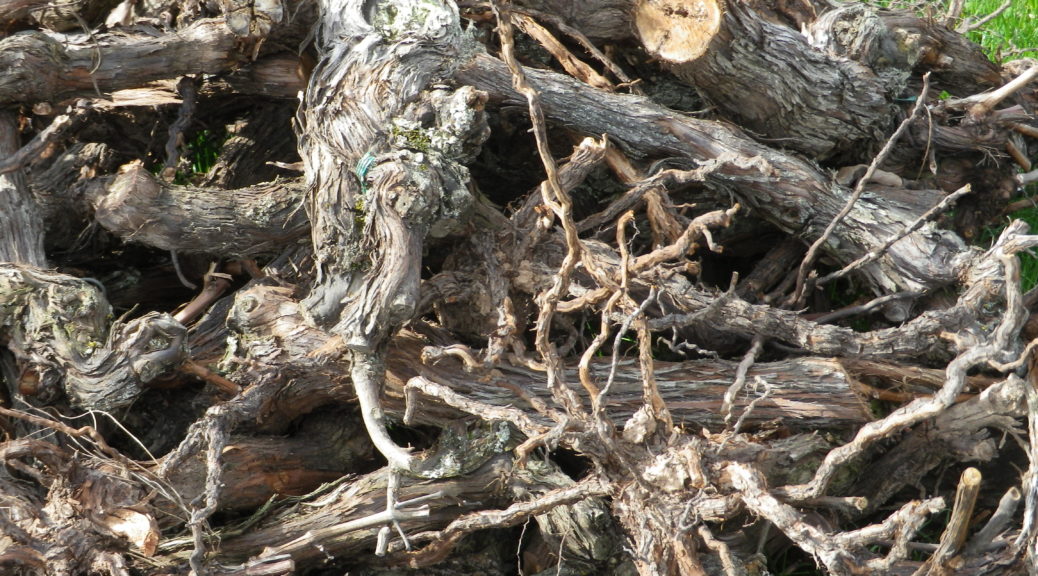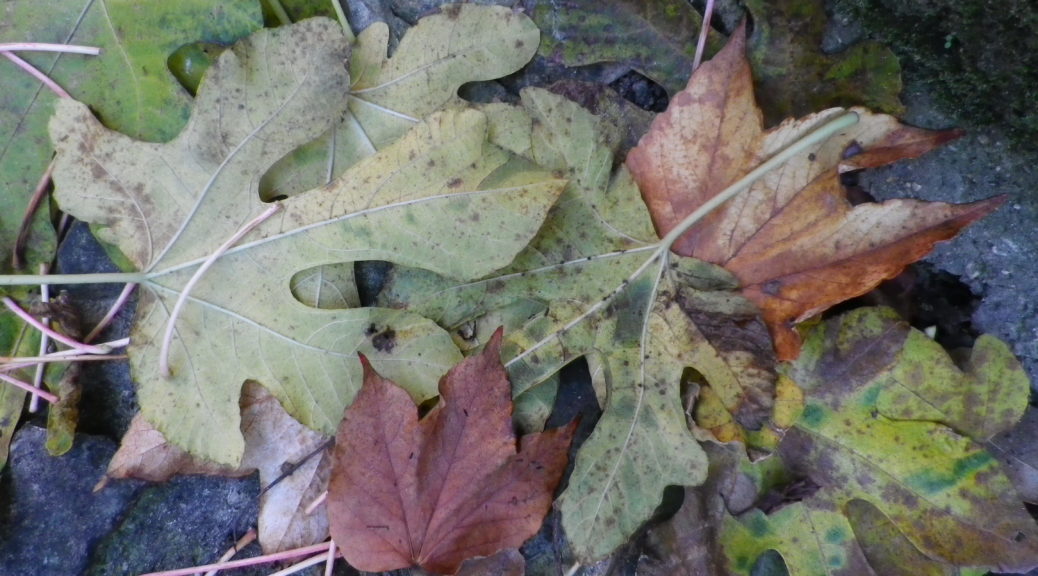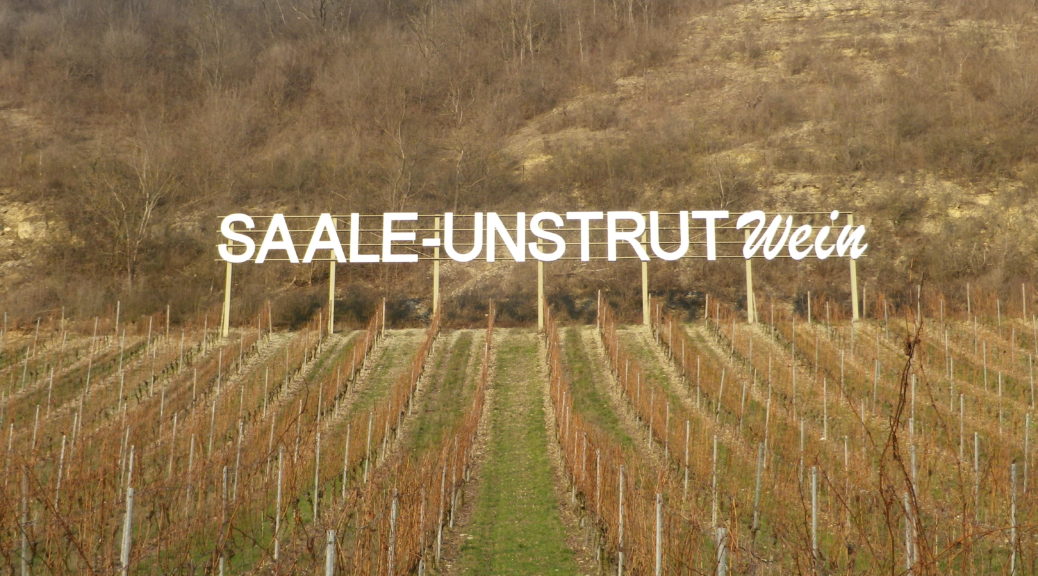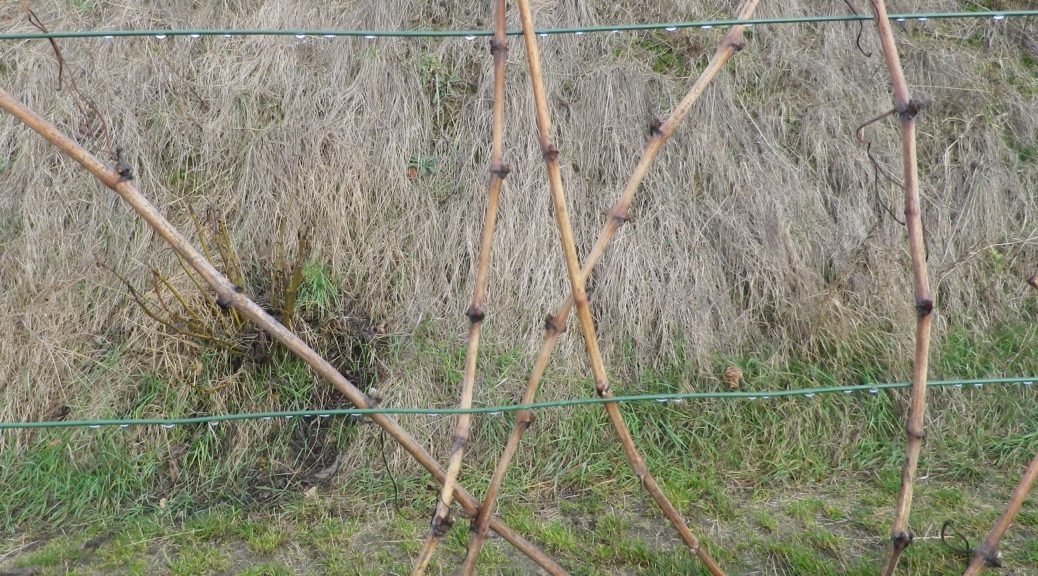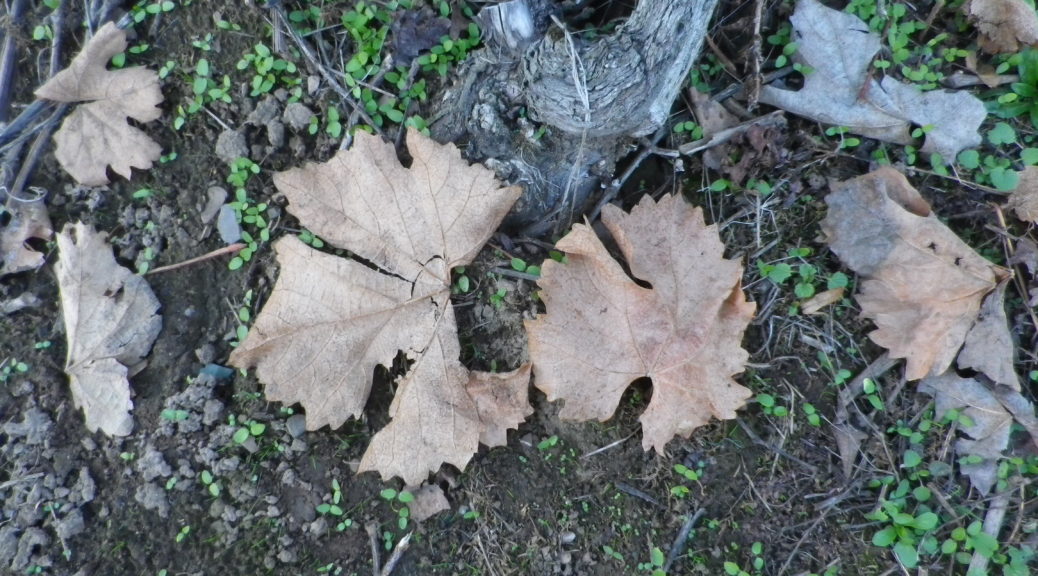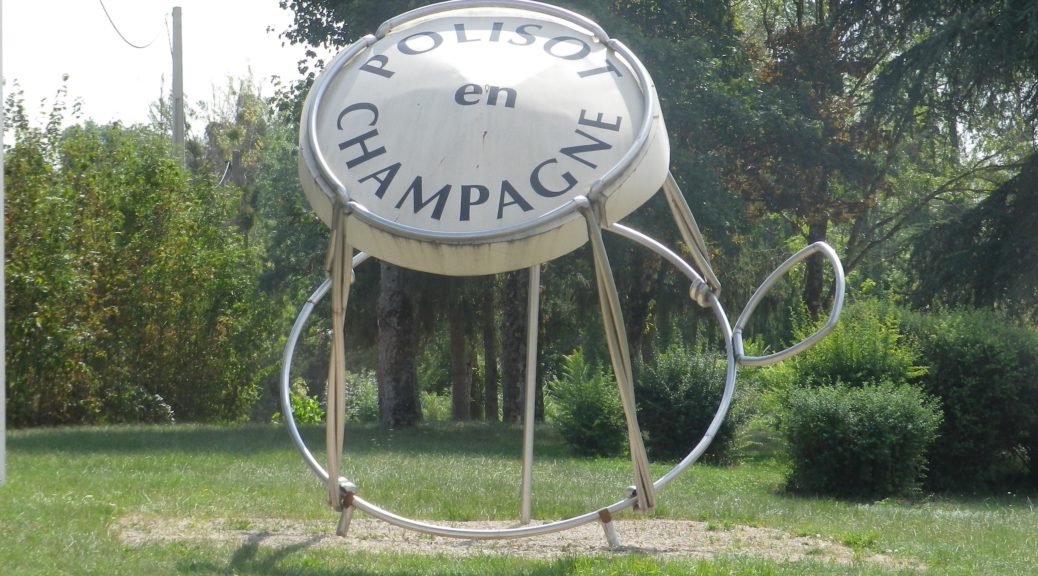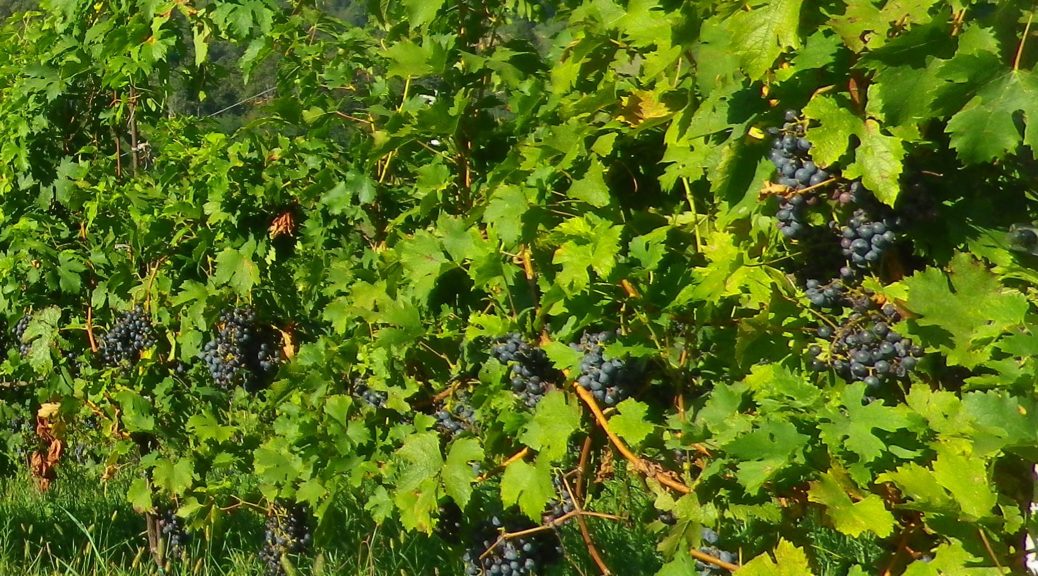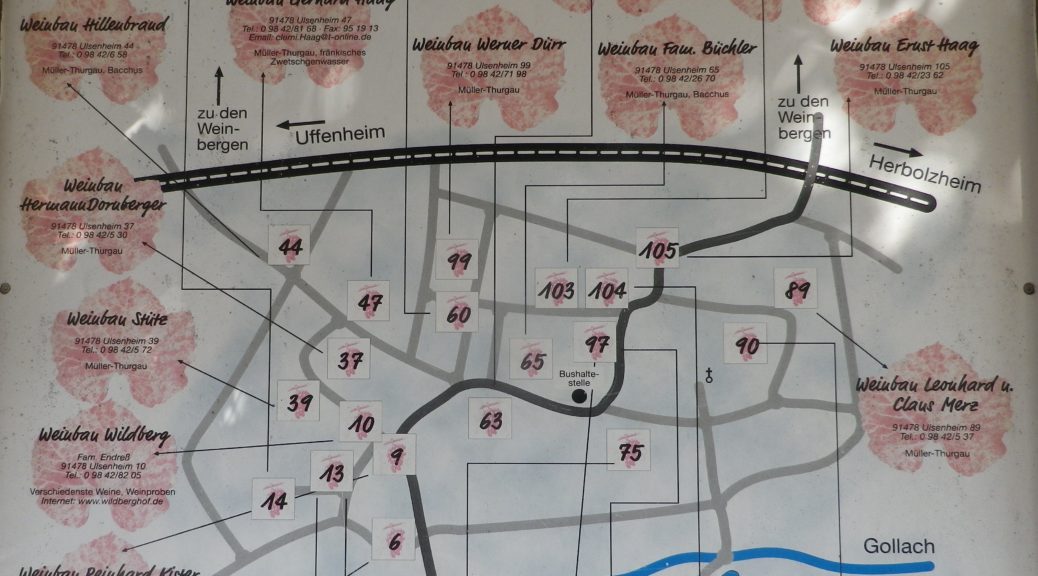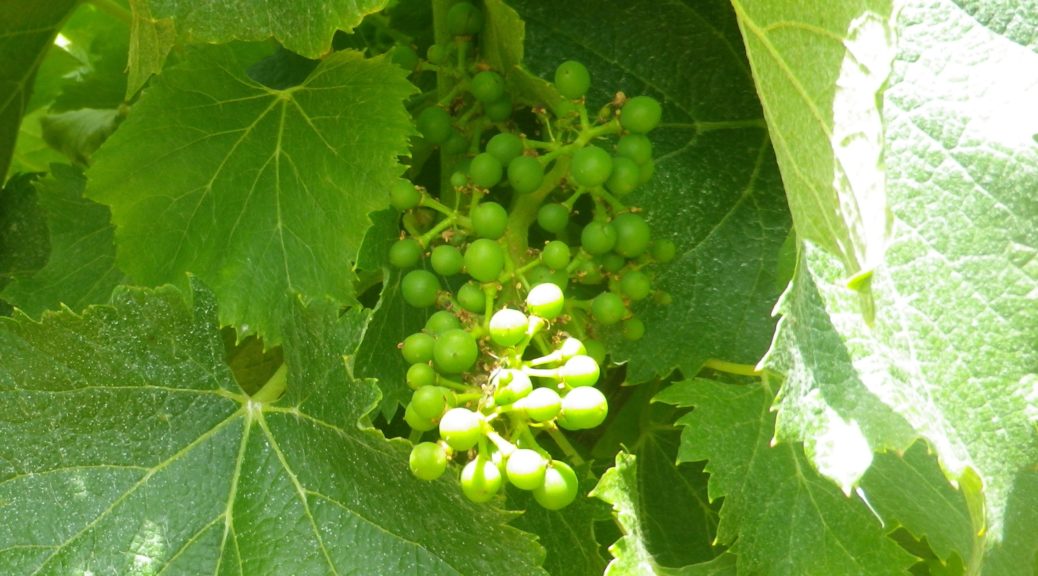What I Learned:
Kronsberg, Julius Echter Berg, and the Kuchenmeister are three well-known vineyards in the Iphofen-Roedelsee area, the most famous perhaps being the Julius Echter Berg, named after a 16th Century Wuerzburg Prince-Bishop. (He served as the ruler of a large area within the Holy Roman Empire in Franconia, which he managed rather well.) It was during his lifetime that the Silvaner vines entered Franconia (the first documented record of it locally being in the Castell archives), and some of its best expressions come from the mineral-rich Gipskeuper soils (components shale, gypsum, anhydrite and rock salt) unique to the area around the Schwanberg, around which the three vineyards lay. This geological component, along with the influence of a continental weather pattern, can result in outstanding white wines some years.
